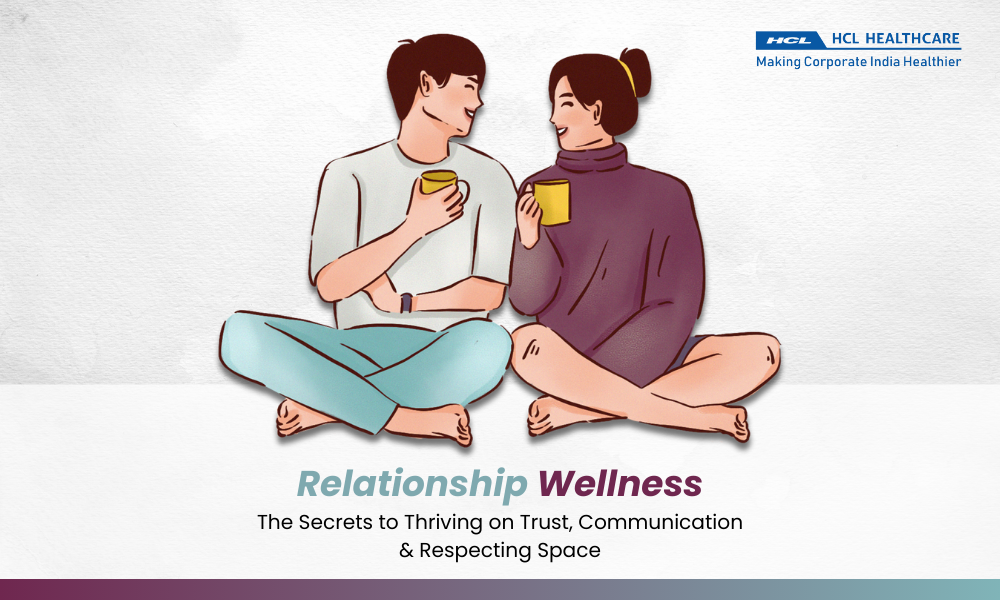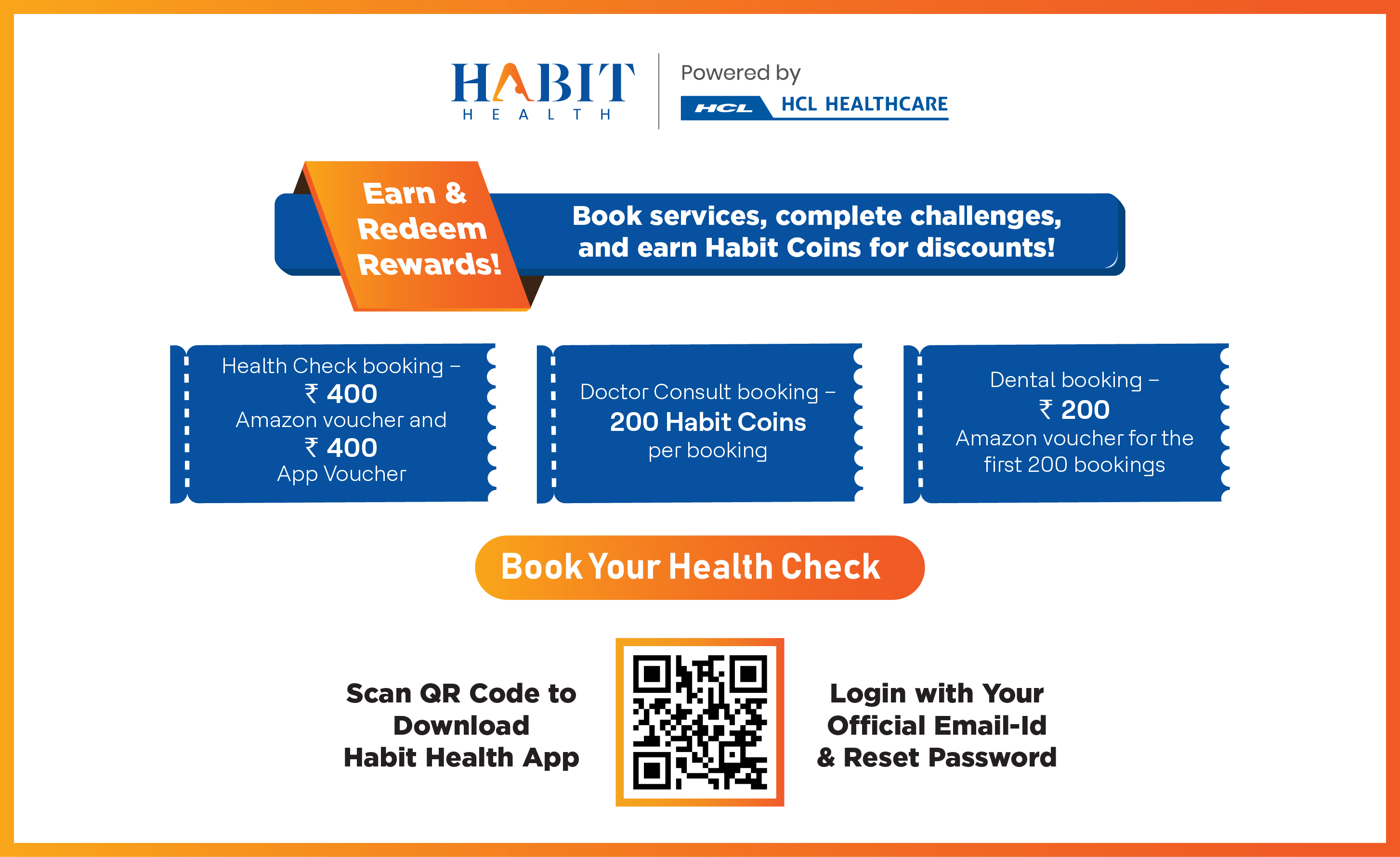Let’s face it, being apart from your spouse for long stretches is no cakewalk. When work demands frequent travel, it can often feel like your relationship is stuck on pause. The distance, and the longing—all of it can take a toll, leaving couples feeling disconnected despite their best intentions.
But hey, here’s the good news: a long-distance marriage doesn’t have to mean emotional distance! With a little effort, creativity, and intentionality, you and your spouse can nurture your bond and keep the love alive, no matter how many miles separate you.
In this blog, we’ll dive into actionable strategies to maintain relationship wellness, even when life’s commitments keep you physically apart. Whether it’s finding time for meaningful conversations, showing appreciation, or tackling challenges like trust issues and miscommunication, this guide’s got you covered.
Ready to strengthen your bond across the miles? Let’s get into it!
The Challenges of a Long-Distance Marriage
Before we dive into solutions, let’s call out the elephant in the room: long-distance relationships come with their own set of challenges. Acknowledging them is the first step to overcoming them:
- Loneliness and Emotional Gaps: Missing your partner during important moments can lead to feelings of isolation.
- Trust Issues: Distance can sometimes create insecurities or doubts.
- Communication Woes: Time zone differences or hectic schedules can make consistent communication tricky.
- Lack of Physical Intimacy: Let’s be real—physical closeness is a key part of any relationship, and being apart can make it hard to feel connected.
- Resentment Over Unequal Responsibilities: If one partner shoulders the bulk of household or parenting duties while the other travels, it can lead to frustration and tension.
How to Keep the Spark Alive in a Long-Distance Marriage
1. Prioritize Quality Communication
Communication is the lifeline of any relationship, but when you’re in a long-distance marriage, it’s absolutely non-negotiable.
- Set a Schedule: Agree on a time to talk daily or weekly that works for both of you, and stick to it like clockwork.
- Make It Meaningful: Go beyond the usual “How was your day?” Dive into deeper topics—dreams, fears, goals, and everything in between.
- Video Calls Over Texts: A smile or a reassuring nod during a video call can say so much more than words ever could.
Pro Tip: Use apps like Google Duo or Zoom for uninterrupted video chats, even on the go.
2. Surprise Each Other in Thoughtful Ways
Who doesn’t love a sweet surprise? It’s the little gestures that make the biggest impact.
- Send handwritten letters or care packages.
- Schedule surprise food deliveries to their door—nothing says “I care” like sending their favorite dish.
- Drop an unexpected “I love you” text at random times of the day.
Pro Tip: Use online gifting platforms to send flowers, books, or personalized keepsakes directly to their address.
3. Build Trust—One Conversation at a Time
Distance sometimes breeds doubt, but trust is what keeps the foundation strong.
- Be Transparent: Keep each other in the loop about your schedule and plans.
- Address Insecurities Head-On: If something’s bothering either of you, talk it out instead of letting it fester.
- Keep Promises: If you’ve said you’ll call at 8 PM, call at 8 PM. It’s about building reliability, one small step at a time.
4. Create Shared Experiences, Even From Afar
Who says you can’t share special moments just because you’re miles apart?
- Watch a movie together on streaming platforms like Netflix Party.
- Play online games together to unwind and laugh.
- Cook the same recipe simultaneously and enjoy a virtual dinner date.
Pro Tip: Share a Spotify playlist that reminds you of each other—it’s a subtle but sweet way to stay connected.
5. Reframe the Distance as a Temporary Phase
It’s easy to get caught up in the “this is so hard” mindset, but perspective is everything.
- Remind yourselves that the distance is a stepping stone toward your shared goals.
- Focus on the benefits—independence, personal growth, and the joy of reuniting after time apart.
- Plan your next visit or reunion to give yourselves something exciting to look forward to.
Practical Solutions for Common Long-Distance Struggles
1. Struggle: Lack of Physical Intimacy
- Send voice notes or romantic messages to maintain a sense of closeness.
- Plan trips to meet up in person, even if it’s just for a weekend.
- Explore the idea of couple’s therapy apps that focus on long-distance relationships.
- Send each other meaningful tokens, like a T-shirt sprayed with your favorite perfume or cologne, or handwritten notes to create a sense of physical presence.
- Use technology to share intimate, personal moments through romantic virtual dates or shared video experiences designed just for the two of you.
2. Struggle: Resentment Over Responsibilities
- Have an open discussion about shared responsibilities.
- If one partner is managing more at home, consider outsourcing some tasks to lighten the load.
- Regularly acknowledge and appreciate the work each partner is doing, whether it’s managing the household or traveling for work. A heartfelt “thank you” can go a long way.
- Develop a system to redistribute tasks when you’re together. For example, the traveling partner could handle chores like grocery shopping or meal prep during visits to even out the load.
Final Thoughts on Keeping Love Alive Across Miles
A long-distance marriage may not be the easiest path, but it’s far from impossible. At its core, it’s all about effort, trust, and a whole lot of love. The miles between you may test your patience and commitment, but with these strategies, you’ll find ways to keep your bond unshakable.
Remember: It’s not about waiting for the distance to shrink but about growing together in the meantime. Whether it’s through heartfelt conversations, thoughtful surprises, or simply showing up for each other in small ways, every effort counts.














